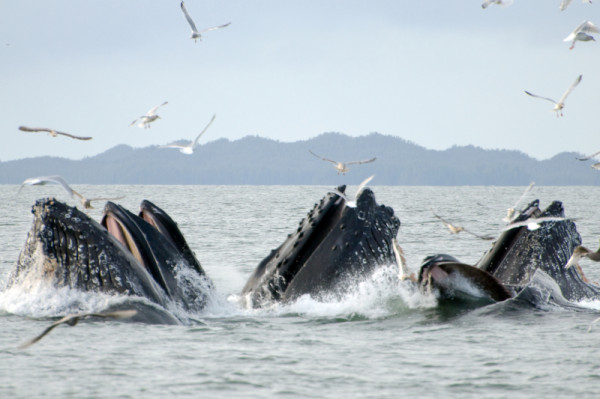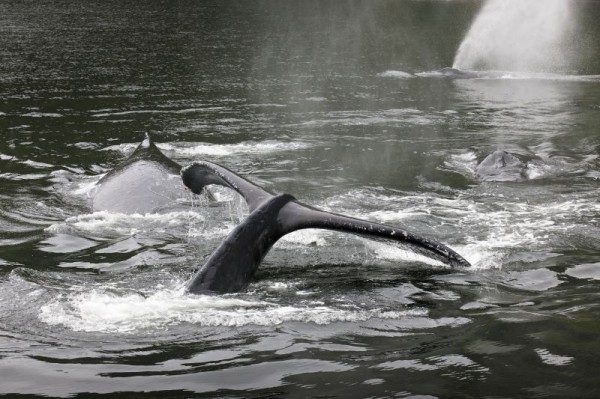Avoiding the “Sixth Extinction”- Endangered Species in Canada are in a Race against the Clock
Former US Vice President Al Gore’s recent rave book review of The Sixth Extinction, by the phenomenal Elizabeth Kolbert , points out how woefully slow we’ve been at tackling mass species extinctions.
Experience with Canada’s Species at Risk Act (SARA) proves his point: excruciatingly long delays occur before the Act’s protections are put in place.
SARA was passed in 2002 to get species off the fateful ‘at risk’ list. Five NGOs started a lawsuit last year to compel the government to complete recovery plans for 4 SARA listed species all at risk from the Enbridge tanker-pipeline project: the Nechako White Sturgeon, Pacific Humpback Whale , Marbled Murrelet and the Southern Mountain Caribou. The uncontested facts were that recovery plans for all four were overdue by years.
A Federal Court judge ruled in favour of the ENGOs, issuing a declaration that the government acted unlawfully. The government’s behavior was “simply not acceptable”, and the delays in these four cases were just the “tip of the iceberg”. The judge was blunt: “To state the obvious, the Species at Risk Act was enacted because some wildlife species in Canada are at risk. As the applicants note, many are in a race against the clock as increased pressure is put on their critical habitat, and their ultimate survival may be at stake.”
Protecting a species’ critical habitat – the scientifically defined area of land and water necessary for the species’ survival or recovery- is one key for species to rebound. The government’s duty to prevent the destruction of this habitat starts when it’s been identified in a species recovery strategy or action plan. If there’s no plan in place, there’s no way to stop the threats to the species. For example, threats like ship noise and risk of toxic spills from the Enbridge tanker-pipeline project will harm the Pacific Humpback Whale, and a SARA plan should ensure these threats don’t further endanger the whales by requiring significant mitigation or cessation of harmful activities.
There was no disagreement, even from the federal government, that the critical habitats of the four species in the lawsuit were all at risk from the Enbridge tanker-pipeline project. (The Humpback’s recovery strategy clearly identifies critical habitat directly along the tanker route, but was filed too late for the Enbridge Joint Review Panel to take into account.)
To stop the “ current spasm of plant and animal loss that threatens to eliminate 20 to 50 percent of all living species on earth within this century, ” as Gore says, we need to act. SARA provides the tools we need to stop the sixth extinction. Let’s make sure they are used.



